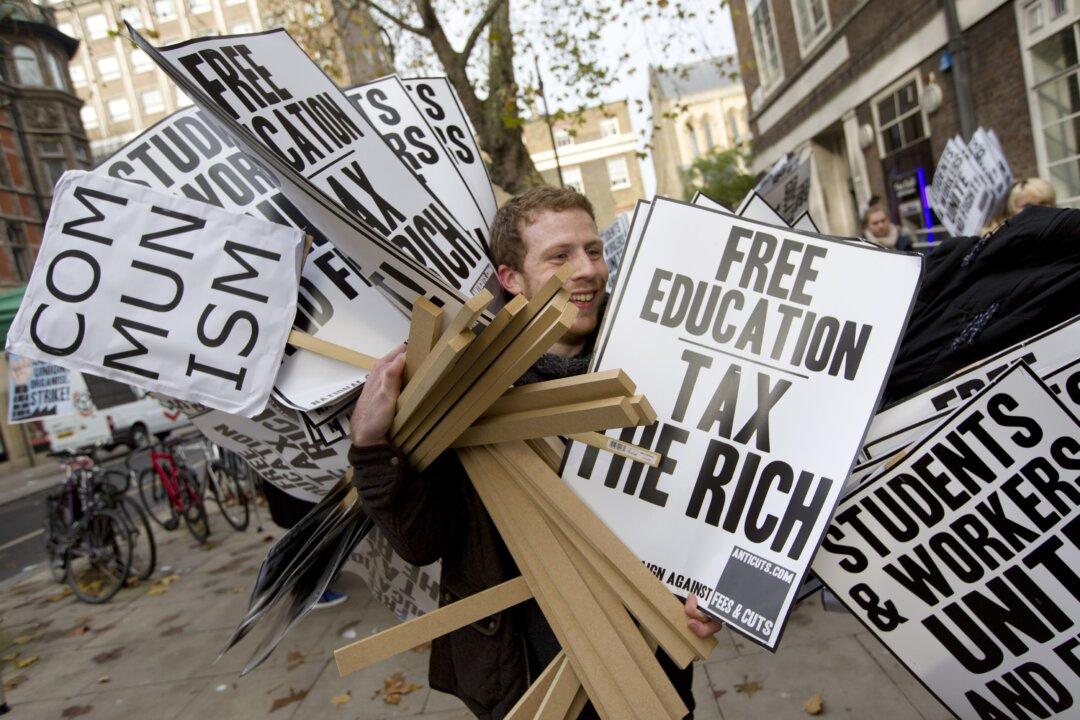Commentary
A common rallying cry on the left is that we can fund our social programs if we just “tax the rich.” While popular, this slogan is far from a real solution for the country. As has been pointed out elsewhere, if you confiscated all the wealth of every billionaire in the United States, you wouldn’t even have enough money to run the government for a year. Our fiscal problem is a spending issue, not a revenue issue.





